29 March 2025
Villains—those shadowy figures lurking in the margins of storytelling, the masterminds behind catastrophe, and the catalysts for heroism. Love them or hate them, they are the pulse of countless games. But why are some villains so hauntingly unforgettable while others fade into the abyss of mediocrity? Designing villainous characters in games is an intricate art—a tangled dance between psychology, creativity, and pure storytelling magic.
Let’s embark on a journey, peering into the dark side to unearth what makes gaming’s greatest baddies tick. Pull on your metaphorical black cloaks and ready your sinister grins—it’s about to get deliciously evil.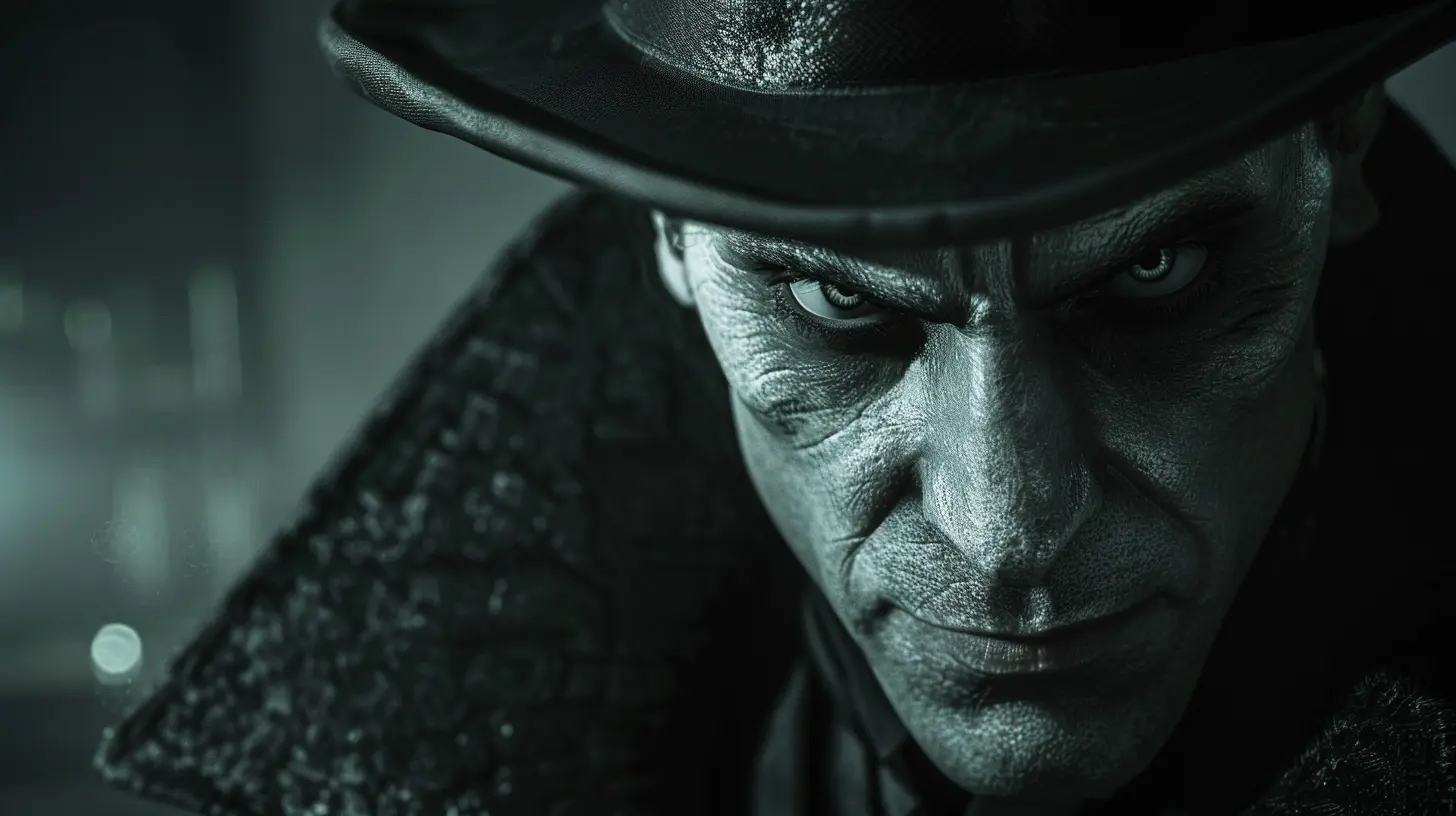
Why Villains Matter: The Heart of Every Conflict
Picture your favorite game. Now strip away the antagonist. What’s left? A lifeless shell, like a story without tension, or a pizza without cheese (yikes). Villains are the backbone of conflict. They challenge the hero, define the stakes, and make the journey worthwhile. Without them, there's no struggle—no reason to fight, to push boundaries, or to grow.The greatest villains aren’t just evil for evil’s sake. They’re complicated, layered creatures who force us to ask questions like, “What would I do in their shoes?” and “Am I really different from them?” A great villain can make you squirm, question your morals, or even sympathize. And that’s where the beauty lies.
The Psychology of Evil: What Makes a Great Villain?
Let me ask you something: What’s scarier? A villain who cackles wildly while destroying for no reason? Or one who genuinely believes they’re doing the right thing? (Spoiler: It’s the second one.) The best villains aren’t cardboard cutouts of malevolence—they’re multidimensional, flawed, and sometimes even relatable.1. Motivations That Hit Home
A well-crafted villain has a clear reason behind their actions. Sure, we’ve all seen the “I want power for the sake of power” trope, but that’s getting old. Today’s gamers crave complexity. Think about villains like Vaas Montenegro from Far Cry 3, whose insanity is both horrifying and magnetic. Or Sephiroth from Final Fantasy VII, driven by a tragic backstory of betrayal and identity.Their motives make us lean forward and wonder: What would it take for me to end up in the same place? That tug-of-war between understanding and disgust is what makes them memorable.
2. Flaws Make Them Human
Perfect villains are boring. Give them a weakness—a crack in the armor that makes them vulnerable yet dangerous. Maybe they’re consumed by jealousy. Maybe they have a blind spot for someone they care about. Flaws humanize them, grounding their larger-than-life personas and making their villainy feel personal.3. The “Mirror Effect”
Ever notice how the best villains are often a dark reflection of the hero? It’s like looking in a twisted mirror. When the villain shares traits with the protagonist but takes a monstrous route, it emphasizes the choices that separate good from evil. Think of Joker to Batman, or GLaDOS to Chell in Portal—their relationships not only deepen the story but also make the battles feel deeply personal.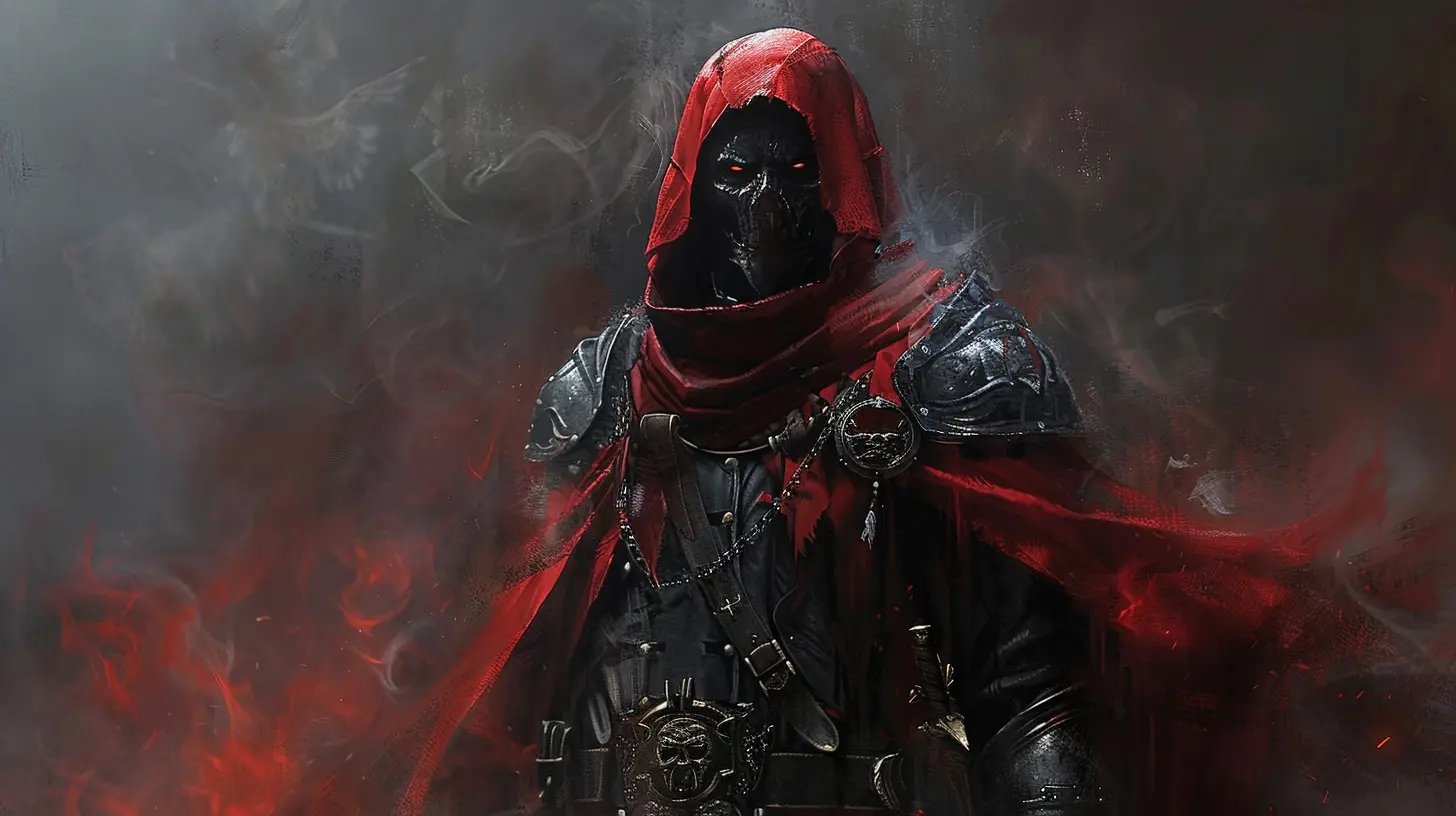
Crafting the Look: Villain Aesthetics That Leave an Impression
First impressions matter, and when it comes to villains, their appearance is the hook. Remember the first time you saw Pyramid Head from Silent Hill? Terrifying, right? A well-designed villain can send shivers down your spine before they even utter a word.1. Iconic Silhouettes
A great villain’s design should be instantly recognizable. Think about Bowser, Dr. Robotnik, or Lady Dimitrescu. Their silhouettes alone scream, “I am the boss you don’t want to mess with.” Unique physical features—whether it’s an exaggerated shape, a signature weapon, or a distinctive outfit—make them unforgettable.2. Color Psychology in Design
Colors speak louder than words. Red screams danger and aggression. Black radiates mystery and dread. Purple? That’s extravagance with a touch of wicked mischief. Villains often wear their essence in their palette. Use colors to evoke emotions—fear, unease, or even fascination.3. The Little Details
Villains are made in the margins. A scar that hints at a battle long forgotten. An unsettling smile that doesn’t quite reach the eyes. A gesture, a tone, or a subtle sound cue when they enter the screen. These details stick in the player’s mind, creating an emotional connection (or revulsion) that lingers.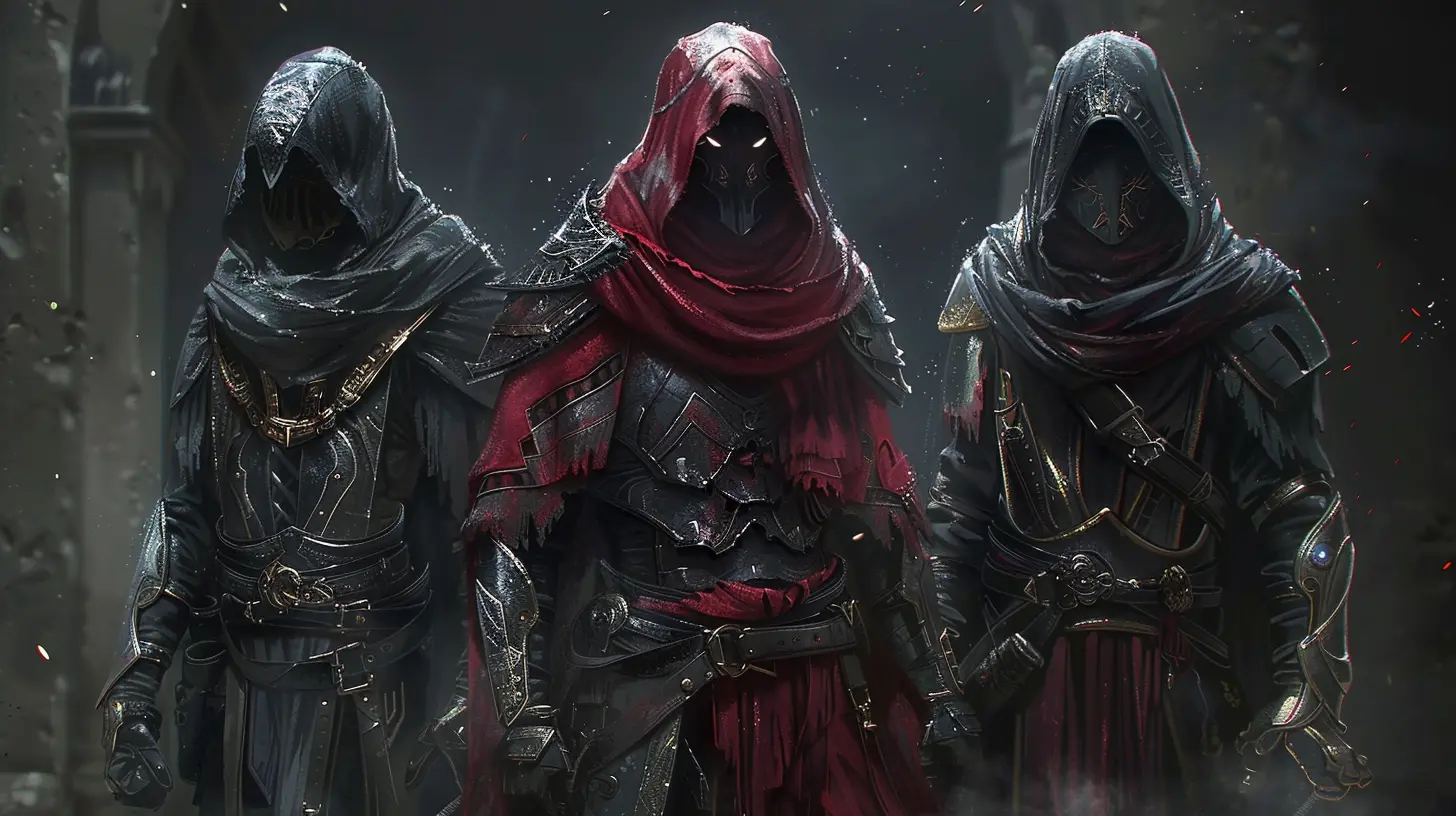
Voice and Dialogue: When Words Cut Deeper Than Swords
A villain’s voice can be as powerful as their deeds. It’s not just about what they say but how they say it. The cadence, the pitch, the choice of words—all of it adds layers of charisma or menace. Dialogue is the lifeblood of a villain’s personality.1. Memorable One-Liners
Who could forget GLaDOS’s sharp sarcasm or Vaas’s chilling “Did I ever tell you the definition of insanity?” One iconic line can immortalize a villain in gaming history. Make their words count. It’s like seasoning a good dish—you don’t need much, but it changes everything.2. A Dash of Wit
Smart villains tend to be infinitely more engaging. A sharp wit can make players respect the antagonist, even if they despise their actions. Humor, when used sparingly, can also make a villain more terrifying. After all, who laughs amidst chaos? Only someone truly frightening.3. Emotional Depth
Monologues aren’t just for the theatrics—they’re windows into a villain’s mind. Use dialogue to peel back layers, revealing their motivations or vulnerabilities. A well-crafted monologue can make players pause and think, “Maybe they’re not all bad.” That moral ambiguity is the sweet spot.Gameplay Mechanics: Making the Villain a Part of the Experience
A memorable villain isn’t just a character—they’re woven into the gameplay. Design their presence to feel like a looming shadow, influencing the player’s experience at every turn.1. Dynamic Encounters
Static villains who appear only in cutscenes? Snooze-worthy. Instead, let the villain actively engage with the player—taunting them, sabotaging their plans, and appearing when least expected. Think Handsome Jack from Borderlands 2, who’s practically in your ear the entire game, making you loathe and begrudgingly love him.2. Boss Fights That Tell a Story
The climax of a villain’s arc often lies in the boss fight. But this isn’t just about flashy moves—it’s about storytelling. Use the fight to reflect their personality. Are they cunning and calculated? Make the battle a game of strategy. Are they chaotic and overwhelming? Turn the fight into a frantic, edge-of-your-seat ordeal.3. Evolution Over Time
The best villains evolve alongside the story. Maybe they start as an ally who slowly turns against you. Or perhaps their descent into evil mirrors your ascent into heroism. This evolution creates a more satisfying payoff when the final confrontation arrives.Villains With a Twist: Unpredictability Reigns Supreme
Let’s face it: Predictable villains kill the vibe. A great twist can elevate a mediocre antagonist into legend. Think about Andrew Ryan from BioShock—a villain whose role became so much more than just opposition. Or the Spec Ops: The Line antagonist, where the true villain might just be...you?Surprises keep players engaged, leaving them reeling long after the credits roll. So, go ahead—pull the rug out from under them.
Final Thoughts: Embracing the Darkness
Designing villainous characters in games isn’t just about making someone “bad.” It’s about crafting an experience—one that challenges, terrifies, provokes, and stays with the player. Villains hold a mirror to our fears and flaws, forcing us to confront truths we’d rather ignore. They’re the shadow to the hero’s light, the yin to their yang. They remind us why the fight matters.So, the next time you’re immersed in a game, take a moment to appreciate the villain. Because without them, the story would lose its soul.

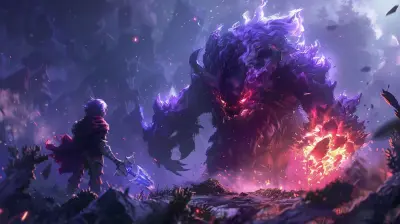
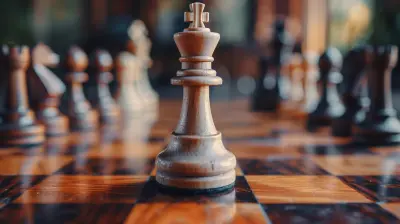

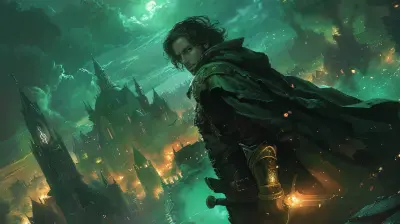
Jessica McCracken
This article insightfully examines the complexities of villainous character design in games. By highlighting the balance between empathy and malevolence, it underscores how well-crafted antagonists can enhance storytelling and player engagement, ultimately creating a richer gaming experience that resonates with audiences. Great read!
April 12, 2025 at 4:14 AM